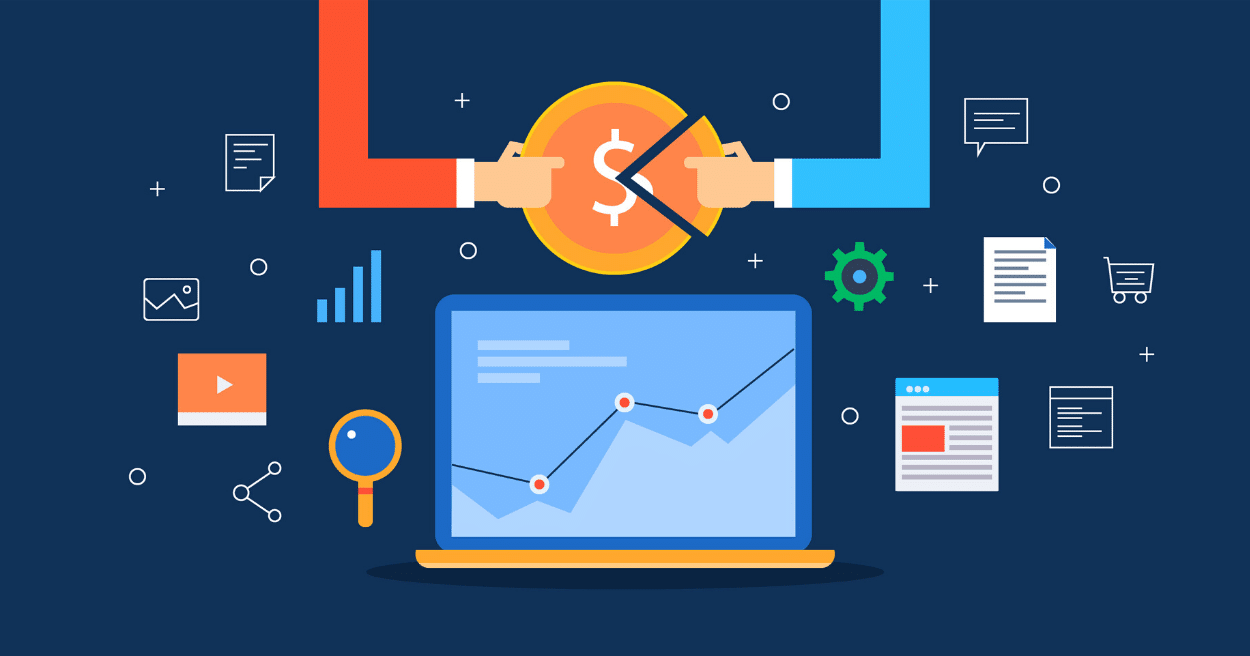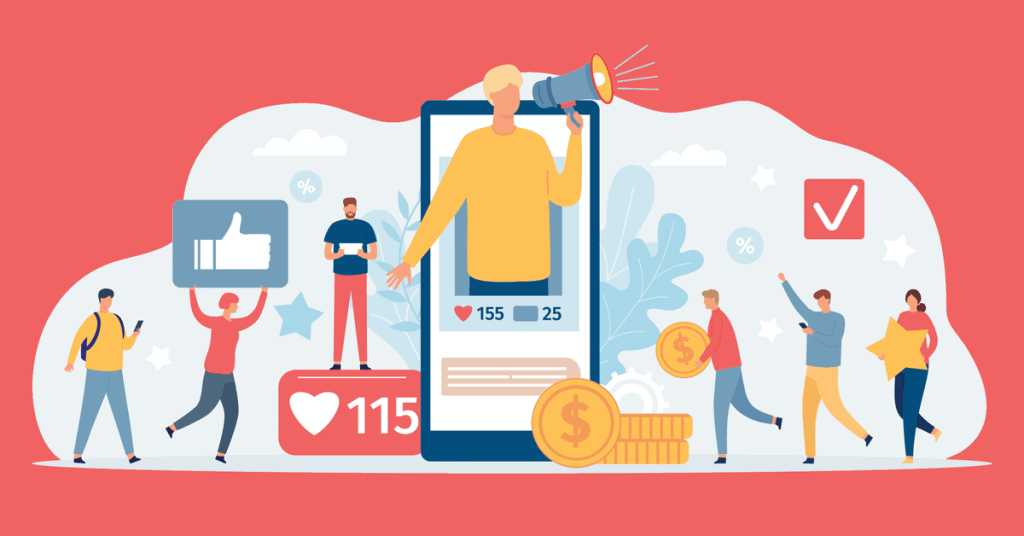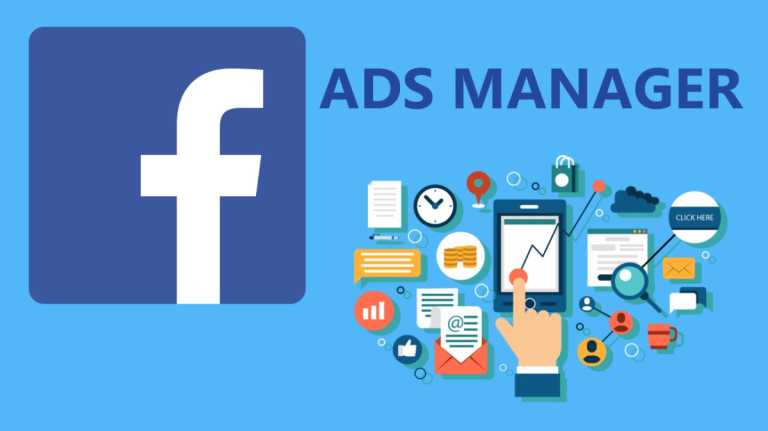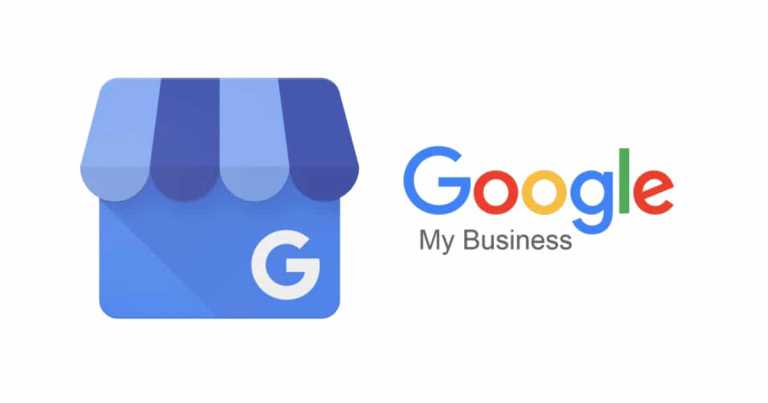Nowadays, with an anxious post-pandemic world and with people around the world equally anxious over the economy, everyone is finding it hard to find some sense of financial stability to a degree. And maybe you’ve done some digging trying to look for a side hustle to make some extra cash. Well, let us tell you about affiliate marketing, all the things about it and how you too can cash in on it.
What is affiliate marketing?
It’s where you promote another brand’s products or services through your own online platform like a website or social media. You then get paid a commission if that brand gets a sale which went through you. You’re rewarded for getting people to the brand’s website or getting people to become buyers.
How affiliate marketing works?
Affiliate marketing is one type of sales model. A certain brand pays a third party – that’s you – to help promote and sell their product or service. You do so by sharing said product or service on channels that belong to you, like a blog, your social media or a podcast that you do.
You’ll get a unique referral code or link. If a purchase or sale happens through you, that brand will know it was you because of that unique code/link. You then earn a commission and get paid for successfully referring a sale.
You know those pop-ups you get where the website asks you if you’d accept cookies? That’s the most basic type of tracking links with affiliate marketing, via a cookie. A cookie is a small file stored in a user’s computer. This is how merchants track sales back to you.
The 3 types of affiliate marketing

There are 3 types of affiliate marketing:
1. Unattached affiliate marketing
You don’t have any connection whatsoever to the product you’re promoting. You just advertise whatever and so, you don’t really have any connection with the customers either. You’re merely running pay-per-click ads, hope people click it and get your pay.
If your pure intention and aim is to earn some extra cash on the side, then this is what you’d mostly be doing. The unattached way is attractive because you won’t be doing much work to build relationships or whatnot.
2. Related affiliate marketing
You’re promoting products that you might not use, but you advertise it because it has something to do with your desired niche or product area. Despite this, you have an audience that you’ve built a relationship with and that trusts you.
The risk is just that – you were never really invested in the product you’re advertising to begin with. You won’t even know the product is the worst thing ever until someone reveals it publicly. By that point, you’re starting to lose your audience’s trust.
3. Involved affiliate marketing
Here, you’re advertising something that you’ve used before and from a brand that you truly believe in. It’s trustworthy and authentic. You’re not being as carefree as with Unattached and not risking as much like with Related.
You’re genuinely promoting to your followers and audience products that you understand they may actually need and can practically use. Your advertising is not just for the clicks. But, it does take more time to build the level of credibility needed to advocate at this level.
Affiliate marketing channels
We mentioned earlier about where you’d be promoting and advertising as an affiliate marketer/partner. Where you’ll be doing so are called channels. And here are those affiliate marketing channels that you can use:
1. Blog
Blogs are still a reliable platform for affiliate marketing advertising. Many people still turn to blogs for reliable info on almost anything, especially before committing to a specific purchase like for a holiday or gadgets. Your blog might already fit a certain niche.
You might be a blogger for reviewing gadgets, for travel, or just as a personal space to share thoughts and opinions on. And because you already have an audience and following from your blogs, blogs are effective channels for affiliate marketers.
2. Social media
You have most probably already come across social media users that are affiliate partners. You’ve seen them in the form of influencers on Instagram, Facebook or Twitter or content creators on YouTube or Twitch.
More often than not, while on social media, you already have quite the following and a readymade audience. With an already active and engaged community, it makes for an easier sell with affiliate marketing and if you’ve proven to have the right audience, brands will be more than happy to partner with you.
3. Podcast
Podcasts are another where you’ll hear people promote products or services to listeners. Marketing through podcasts is a great idea, as it leverages the increasing popularity of audio content. Sometimes words, no matter how long, can’t really convey the enthusiasm you have in promoting something, especially if you’re a believer in it. So podcasts allow you to talk directly to your audience in a more authentic and engaging manner.
4. Email newsletter
Email newsletters are made to contain news and updates from you, on your blog or anywhere else, which aims to keep your followers engaged with your content. Affiliate marketing through this method tends to gently push readers and subscribers to become customers of a product or brand. Even of multiple brands at a time.
5. Review sites
This is a specific website dedicated to reviewing businesses, products or services, brands or whatever. Hence, the fact that it’s specifically tailored to act as such, makes it an ideal place to advertise as an affiliate marketer.
With the right reputation, your audience will already have trust in your judgments. Therefore you can effectively sell to them. On top of that, you’re already a reviewer of things. So being an affiliate partner which involves promoting isn’t alien to you.
6. Live selling
Live streaming is another popular way influencers and other social media users promote and sell products of other brands. TikTok and Instagram, for example, are popular platforms for live selling. Live selling is especially popular in China and other parts of Asia.
Benefits and Drawbacks of affiliate marketing

As is expected of all things, there are upsides and drawbacks to affiliate marketing. Here are some things you should bear in mind:
The pros
-
Low risk – no upfront investment is needed and it doesn’t cost anything to join affiliate programs. Commissions from affiliate marketing can be a fairly reliable side income source.
-
Easy to get started – as an affiliate partner, your only job is to build effective marketing to build and sell a product/service.
-
Easily scalable – there’s potential to scale up your affiliate marketing activities so that you also scale up your earnings. While your existing work is generating revenue, you can start introducing new products.
The cons
-
No control over programs – you have to follow the company’s program rules and guidelines when marketing their products. You need to get creative to differentiate yourself from the competition.
-
Needs patience – affiliate marketing takes time to grow and get you the right influence and audience. It’s not some get-rich-quick scheme. You need to test the channels for the right one, create content on a regular and research relevant brands to promote.
-
Commission-based – there’s no weekly or monthly paycheck. You’re only paid when you’ve successfully drawn someone to buy from the brand you’re promoting.
How much do affiliate marketers make?
There really is no limit actually. Everything depends on your niche marketing area and rates for commissions vary from company to company (for example Amazon). How much you make is entirely up to you. You’re going to need to generate traffic to your site(s), gauge relevant and best products/services to affiliate and which affiliate programs you join.
A reminder to keep your expectations in check. You won’t be seeing big money flow into your bank account right off the bat. Most successful affiliate marketers do make around six to seven figures per month. But these people have put in the time and effort, and a lot of focus on benign affiliates. If you’re looking to just be earning passive income with affiliate marketing, then expect a lower cash count.
How to start affiliate marketing
So you’ve thought it through, and you believe everything you need to start an affiliate marketing journey is in place. If you’re ready to, here’s the rundown on how you can start:
1. Pick your platform
This is where those channels we talked about earlier come into play. Once again, it’s entirely up to you on which platform you want to commence your affiliate marketing activities.
To make it easier, you can choose between two kinds of platforms which those earlier channels fall under:
-
Digital content sites like social media (Instagram, TikTok, Twitter, YouTube, Twitch, etc.) and blogs. These sites are where you create content, engage with your followers, and encourage sales.
-
Product review sites and niche topic sites, where authors review and compare products/services between different brands and companies. They can also publish buyer guides to help consumers make decisions, which you can get your products on.
2. Decide your niche and audience
Your niche is a specific focus on a category in the consumer market. It has to be something that you are either already passionate about or something that you know, at least, fairly well. At least, this way, being an affiliate marketer won’t feel like such a chore. Some examples of affiliate marketing niches include: pet care, travel, technology, finance, lifestyle and wellness, fashion and art.
3. Find affiliate programs to join
When choosing a program to be a part of, consider a few things: the program’s market reputation, commission rates, and earnings-per-click (EPC) rate. Finding the right programs is critical to successfully go about affiliate marketing.
And when deciding on a program, simply put, there 3 main types:
High-pay, Low volume programs
This is a program for niche products with high financial returns. There’s a limited pool of buyers for the product, but you’re paid quite a lot for the small number of people you attract. But high commission programs like this have just as high competition.
Low-pay, High volume programs
Your financial returns will be low but the products have massive appeal. This type of program offers lots of product options to market. Often, you also get paid based on the value of the purchase in its entirety rather than just the value of the product. But you do need lots of traffic.
High-pay, High volume programs
A program that offers products with massive appeal and a high financial return. An example for a product under this program are credit cards. However, the downside to this program is that the products attract seasoned affiliate marketers. This program might not be the best for you as a beginner, but know that it’s an option down the line.
4. Create and publish engaging content
Your affiliate marketing efforts will succeed if you create engaging and creative content that your followers and audience like and where your affiliate links fit naturally and don’t feel forced or artificial. Go the extra mile, and see what your audience thinks.
You’d have to emulate what works for your followers. Their feedback will also make sure your content remains valuable to them. Valuable enough for them to come back to consume your content specifically.
5. Drive traffic to your affiliate site
Now that you’ve got your great content, you need more people to read and consume it. The more people you attract, the more clicks for your affiliate links, and the more money you’re getting as passive income. There are 3 strategies to do this:
Search engine optimization (SEO)
SEOs are used to optimize your sites so that they are more likely to appear on online search engines like Google. Ranking high in the algorithm will boost the likelihood of getting traffic to your affiliate sites. This needs you to understand what your target audience is Googling, creating content around those searches and continuing to update.
Paid traffic
Basically when you start paying, like with pay-per-click (PPC) advertising, you get more traffic. Running ads will cost you money, but this is normal for starting marketers. Nonetheless, if you have the budget and the capital, ads are great at drawing traffic.
Email list
Emails can be a good place to keep your audience updated on content while also communicating with your followers. You can also send affiliate links directly in the emails you send out. But to even have a list of your followers’ emails, you need to convince them to sign up to your sites.
Affiliate market with us
And there you have it! You’re all set to be an affiliate marketer and partner. It’s a great way to make some money online in these challenging times. And if you’re ever successful enough as one, you can maybe even go affiliate marketing full-time.
So why not partner with Yezza and be an affiliate marketer with us? We can get you up and running in minutes!
ALL THE BEST. GOOD LUCK. & STAY SAFE!





Leave a Comment